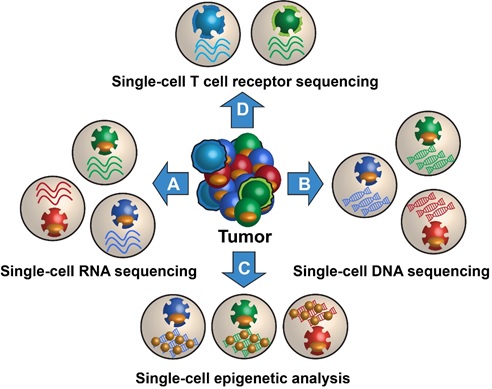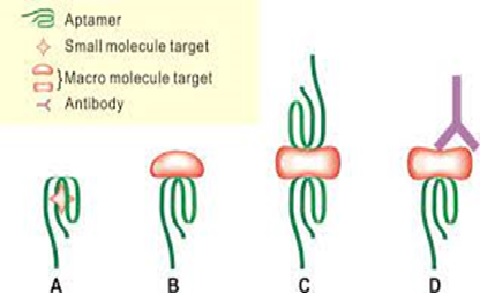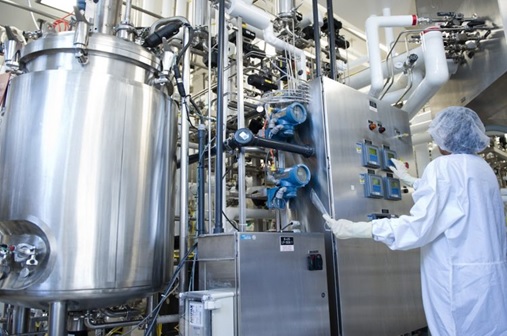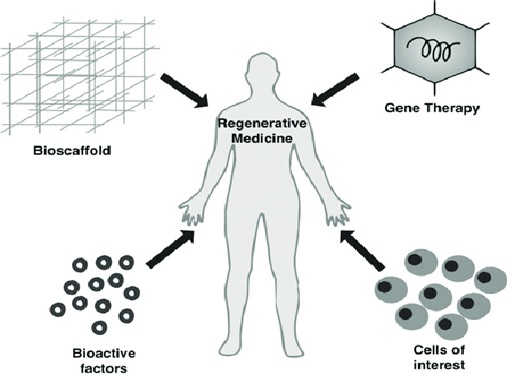The Various Methods of Evapotranspiration
Evapotranspiration is the sum of evaporation from the land surface plus transpiration from plants. Evapotranspiration is the [1] sum of evaporation from the land surface plus transpiration from plants.
Evapotranspiration is defined as the total losses of water from vegetation – both as evaporation from the soil and transpiration from the plants. In the cropped area it is difficult to determine evaporation separately from soil figure 1 shows below surface and transpiration from the plants and usually both the processes are combined in a single term called evapotranspiration.

Figure 1: Evapotranspiration
Lysimeter:
It involves the growing of crops in large containers (lysimeters) installed in cropped fields and measuring their water loss [2] and gains. The soil and crop conditions in these lysimeters should be as close to the surrounding field conditions as possible. The measurements involve weighing of the lysimeter.
Field Experiment:
Measurements of water supplied to the field and changes in soil moisture contents of field plots are sometimes more dependable for computing seasonal water requirement of crops than measurements with small tanks or lysimeters not free from limitations. The seasonal quantities of irrigation water.
Soil Moisture Depletion Study:
The soil moisture depletion method is usually employed to determine the consumptive use of irrigative field crops grown on the fairly uniform soil when the depth to the groundwater is such that it will not influence the soil moisture fluctuation within the root zone.
Water Balance Method:
The water balance method is suitable for large areas (watersheds) over long periods. It may be represented by the following hydrological equation:
Precipitation = Evapotranspiration + surface runoff + sub-surface drainage + change in soil water contents
Evapotranspiration is influenced by the atmospheric conditions, soil, plant and water factors. Soil factors such as depth of water table, available soil moisture and density of vegetation have great influence on the evapotranspiration. It is also influenced by plant morphology, crop geometry, plant cover and root depth.
The evapotranspiration rate from a reference surface, not short of water, is called the reference crop evapotranspiration or reference evapotranspiration and is denoted as ETo. The reference surface is a hypothetical grass reference [3] crop with specific characteristics. The use of other denominations such as potential ET is strongly discouraged due to ambiguities in their definitions.
The concept of the reference evapotranspiration was introduced to study the evaporative demand of the atmosphere independently of crop type, crop development and management practices. As water is abundantly available at the reference evapotranspiring surface, soil factors do not affect ET. Relating ET to a specific surface provides a reference to which ET from other surfaces can be related. It obviates the need to define a separate ET level for each crop and stage of growth. ETo values measured or calculated at different locations or in different seasons are comparable as they refer to the ET from the same reference surface.
References:
- https://www.usgs.gov/special-topic/water-science-school/science/evapotranspiration-and-water-cycle
- https://www.yourarticlelibrary.com/water/evapotranspiration/top-4-methods-for-measuring-evapotranspiration/60465
- https://www.fao.org/3/x0490e/x0490e04.htm
Cite this article:
Nandhinidwaraka.S (2021) The Various Methods of Evapotranspiration, AnaTechMaz, pp. 28















